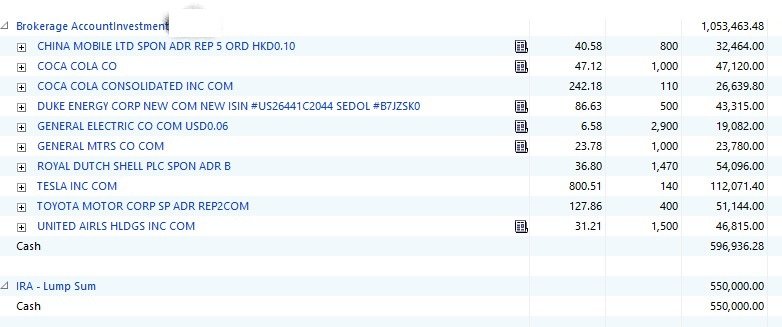Pension/Lump sum as part of portfolio.
I am set to retire within the next few months and am wanting to pin down AA.
Total portfolio of 1.7ish of which 1.1 is in pre tax IRA at Fido and a 600k lump sum or 24k/yr monthly pension option.
How do you figure AA with this scenario.
Thanks
I am set to retire within the next few months and am wanting to pin down AA.
Total portfolio of 1.7ish of which 1.1 is in pre tax IRA at Fido and a 600k lump sum or 24k/yr monthly pension option.
How do you figure AA with this scenario.
Thanks

